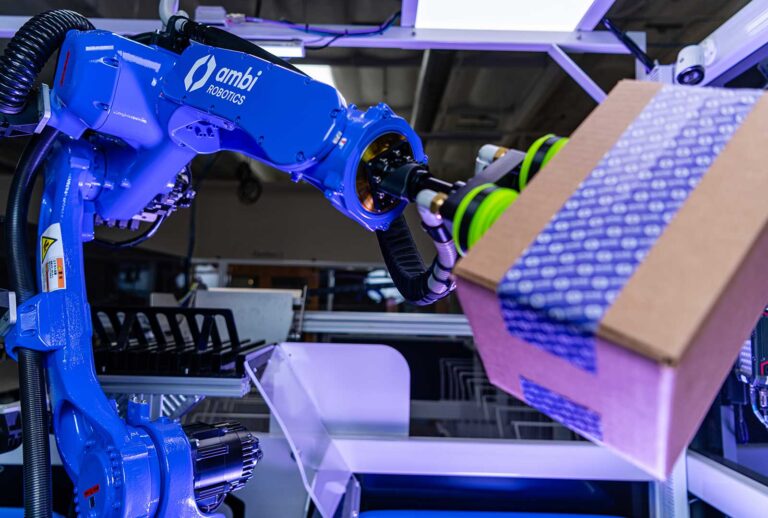In-Cabin Sensing Technology
Paul McGlone, CEO, Seeing Machines joined Grayson Brulte on The Road to Autonomy podcast to discuss the company’s in-sensing cabin technology, the various use cases for Seeing Machines’ technology and the current state of the company’s business.
The conversation begins with Paul discussing how Seeing Machines in-cabin sensing technology adapts to meet consumer and regulatory demand.
The primary driver of demand is regulatory.
– Paul McGlone
Today, the in-cabin sensing technology senses the human condition which can be composed of body jesters, head position, eyelid movement and direct gaze (pupil tracking) and soon lip movement. By monitoring the cabin, Seeing Machines can detect distraction, fatigue, passenger occupancy and if someone is holding a phone while driving.
As the technology evolves there is the potential to add health monitoring systems into the vehicle that can potentially detect when a driver or passenger is experiencing a heart attack or medical condition. Setting the stage for autonomous vehicles to scale and handle adverse in-vehicle situations.
The core target market for our technology is Levels 2 – 4, but certainly as the companies that are managing fully autonomous, say 3rd party vehicle fleets will need someway to detect the well-being of the occupants, particularly if they are paying for the service.
– Paul McGlone
In Fiscal Year 2023, Seeing Machines generated $13.6 million in annual recurring revenue, up 27% over Fiscal Year 2022. This revenue was generated from the company’s commercial fleet business (after-market) where the Seeing Machines devices are installed into vehicles. One of the big drivers of the revenue growth was fleet managers looking to reduce driver fatigue and distraction because of rising insurance costs.
Fatigue and distraction are the two primary drivers of insurance claims costs in commercial vehicle fleets worldwide.
– Paul McGlone
For their automotive business, Seeing Machines has 15 programs with 10 OEMs and over 1 million cars globally have a Seeing Machines system installed. Their automotive business model is a royalty based model where the company is paid a royalty for every car that is manufactured for the life of the model that features their technology. The model has generated $320 million in royalties to date.
As we consider our business going forward, we are not only going to see significant growth rates, but we are going to see a mix change in revenue from sort of engineering services, low-margin to primarily royalties which are very very high-margin.
– Paul McGlone
Outside of automotive, Seeing Machines is expanding into aviation through a partnership with Collins Aerospace. One the areas of focus is a monitoring system for air traffic control to monitor distraction and fatigue.
We think that almost every industrial opportunity that has a human-machine interface is an opportunity for accurate eye-tracking to improve either a safety or performance outcome.
– Paul McGlone
Wrapping up the conversation, Paul shares his opinion on the future of in-cabin monitoring.
Follow The Road to Autonomy on Apple Podcasts
Recorded on Tuesday, October 3, 2023




